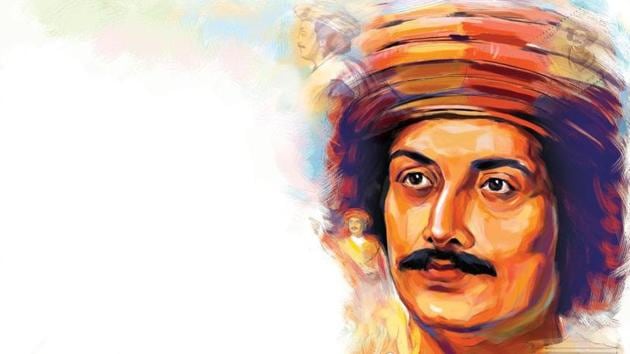Raja Rammohan Roy: The Maker of Modern India
Considered to be the Father of Indian Renaissance, this multifaceted social, religious and educational reformer is renowned for his pioneering role in opposing practices like Sati, child marriage and social divisions and for advocating education.
Born on May 22, 1772 to Ramkanto Roy, a great scholar of Sanskrit, Persian and English languages who also knew Arabic, Latin and Greek, and Tarini Devi in Radhanagar in the Hooghly district of Bengal. Among varying versions about Roy’s early education, one states that the process began in the village school where he picked up Bengali and some Sanskrit. Later on, he is believed to have joined a madrasa in Patna where he studied Persian and Arabic which was followed by a trip to Kashi (Banaras) where he studied Sanskrit and Hindu holy books such as the Vedas and the Upanishads He learnt English much later, only in his early 20s.

CAREER
During the last years of the 18th century, Roy began lending money to Englishmen who worked in Calcutta for the East India Company, while continuing his work as a Brahmin scholar in the English courts and began studying Greek as well as Latin. From 1803 till 1815, he worked as a ‘munshi’ (private clerk) to Thomas Woodroffe, registrar of the Appellate Court at Murshidabad. Roy resigned from the post and then worked for John Digby, an East India Company collector. He estimated that around half of the total revenue collected in India was sent to England. Between 1810 and 1820, he published numerous works on a wide range of subjects including religion and politics. In 1830, Rammohan Roy travelled to the United Kingdom as an ambassador of the Mughal Empire to ensure that Lord William Bentinck’s Bengal Sati Regulation, banning the practice of Sati, was not overturned. In addition, he persuaded the British government to increase the Mughal Emperor’s stipend by £30,000. In 1831, the Mughal Emperor Akbar II conferred the title ‘Raja’ on him.
SOCIAL REFORM
In 1828, Roy set up the Brahmo Samaj, a reformist movement of the Hindu religion that aimed at fighting social evils that were prevalent in the society. He opposed superstitious practices, customs such as Sati, polygamy, child marriage, the rigidity of the caste system and its excesses, and sought property inheritance rights for women. As a result of his hard work in fighting Sati, the governor of the Bengal Presidency, Lord William Bentinck, formally banned the practice on December 4, in the year 1829.
EDUCATIONAL REFORM
Roy, who regarded education as an effective vehicle to achieve social reform, was a strong advocate of introducing western learning in India. He was instrumental in setting up several institutions including the Hindu College in Calcutta in 1817, in collaboration with David Hare; the Anglo-Hindu School in 1822; and the Vedanta College, a synthesis of western and Indian learning, in 1826. He also helped establish the Scottish Church College in 1830. His journal, the Sambad Kaumudi that touched upon various topics was very popular.
DEATH
During a visit to Britain, he was diagnosed with meningitis and died in Stapleton, northeast of Bristol, on September 27, 1833. He was buried at the Arnos Vale Cemetry in southern Bristol. Recently, the British government named a street in Bristol in memory of the great reformist.
INTERESTING FACTS
1. Raja Rammohan Roy started the first Bengali language weekly newspaper and also the first newspaper in an Indian language. His pioneering forays in journalism were aimed at educating Indians on a wide range of issues. His newspaper Sambad Koumudi helped people form an opinion about the issues affecting their daily life in British India. In 1822, Roy published the journal Mirat-ul-Akbar in Persian.
2. Roy set up the Vedanta College to spread his teachings of Hindu monotheism. He promoted the pure ethical Vedanta school of philosophy. Coming at a time when the government had opened Sanskrit schools, his step was also aimed at promoting subjects like Mathematics, Geography and Latin which, he felt, were necessary to help the Indians keep pace with the rest of the world.
3. Gopal Krishna Gokhale called Roy the ‘Father of Modern India’. Several historians consider him as one of the pioneers of the Indian Renaissance. He was a nonconformist to regressive traditions.
SOURCES: Britannica.com, Wikipedia, thefamouspeople.com, history-india.in








